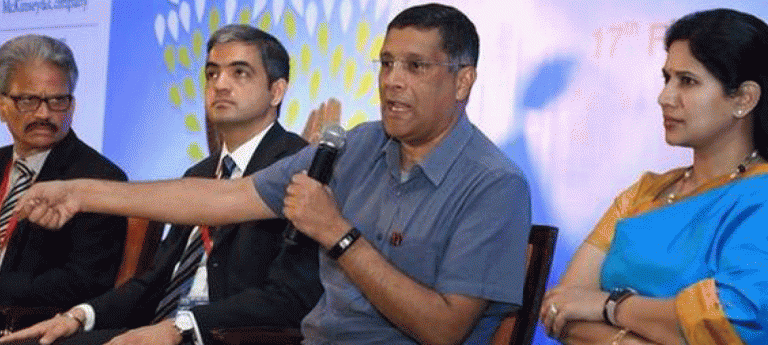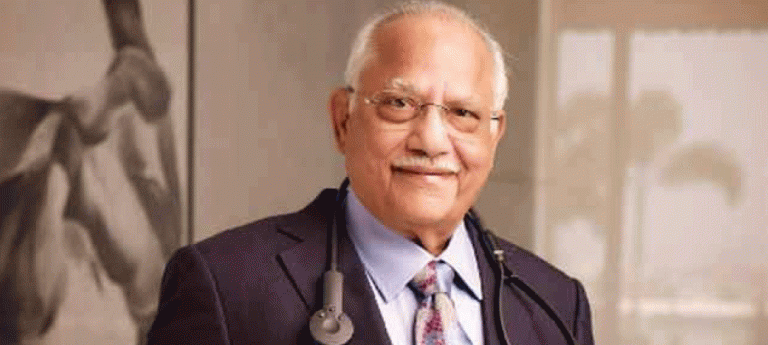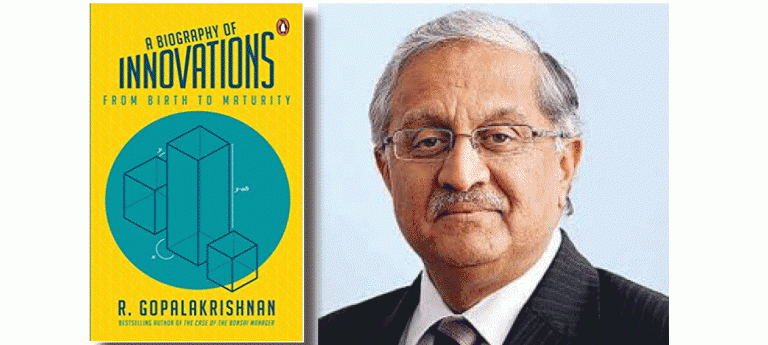A biography of innovations from birth to maturity
R Gopalakrishnan (Gopal), worked for Hindustan Lever for thirty one years and rose to the position of vice chairman; subsequently, for close to two decades, he functioned as Director, Tata Sons. In these fifty years Gopal has had rich and varied experience to look at innovations and new products launched across the world.
Gopal’s experience got enriched when Ratan Tata invited Gopal to chair the Tata Group Innovation Forum (TGIF). In the sprawling, wide spread activities of the Tata group, Gopal strove to coordinate, synthesise and commercialise several of the research products. His extensive experiences looking at the innovation labs of Hindustan Lever headed by such luminaries as S Varadarajan and A K Ganguly and at the laboratories, research institutions and plants he visited across Europe and the US came in handy in writing this book.
In the biography of innovations from birth to maturity, this communication expert describes the link between a concept maturing into a prized product and the evolution of the embryo maturing to old age. Hundreds of anecdotal instances have been woven to present a complex web of innovations that transformed the way we live.
Gopal has been a prolific writer commenting on men and matter in his regular newspaper columns. After retirement, Gopal has shar-
pened his faculty for creative writing with speed! He promises to release his next book, the seventh, in July and two more in quick succession!
In this book, there is a comfort for those with greying hair. Gopal contrasts the Silicon Valley obsession with young people and quotes a study that showed that “inventors speak in the late 40s and tend to be productive in the latter half of their careers. Nobel winners apparently make the discoveries at an average age of 50.” He provides contemporary evidence, referring to John B. Goodenough. He says: “at the age of 94 Goodenough and his team filed a patent application on a new kind of battery that if it works as promised, would be so cheap, lightweight and safe that it would revolutionise electric cars… Thirty-seven years earlier when he was fifty-seven years old, Goodenough had co-invented the lithium-ion battery.’
Gopal makes an excellent link between science and the human: “in science, the average time between a concept and its manifestation as a commercial product could be 30-50 years…The life of the concept (and its later manifestation as an innovation) and that of an embryo (and its later expression as a human being), both seem to take 40-50 years to peak.”
Gopal has delved deep into neuroscience comparing the evolution of a human brain with its huge complexities and accidental birth of a concept to a comparable accident in the formation of a life. Gopal visualises the viability of ideas and innovations linking it through 8 life stages and presents these through 8 chapters in his book. Look at these eight chapters:
A concept is conceived in the brain (fertilisation) and grows into an idea (pre-natal). 2. The idea is articulated (delivery)3.Development of the idea into a prototype (infancy)4. Refinement of prototype into a working model (childhood) 5. Presentation of the products and business – model (adolescence)6. Product competes in the market (adult) 7. Product achieves its potential (maturity) 8. Product renews itself to stay relevant to new concept (ageing).
In a nutshell at the end of each chapter. There are dozens of easy-to-relate examples with several desi experiments.
The five decades of experience of Gopal, his extensive travels and interactions with leaders across the globe, have been compressed into this well-researched biography of innovations. – SV

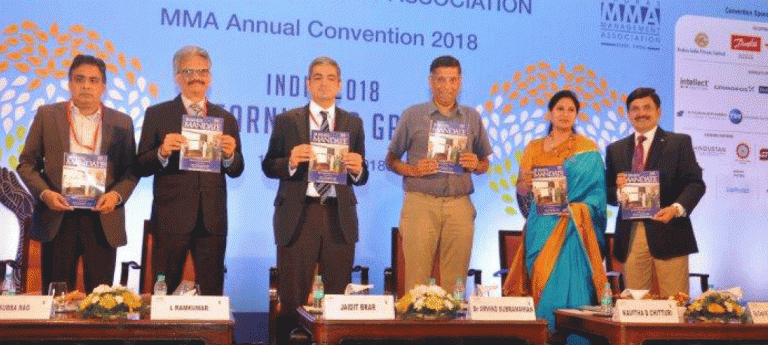
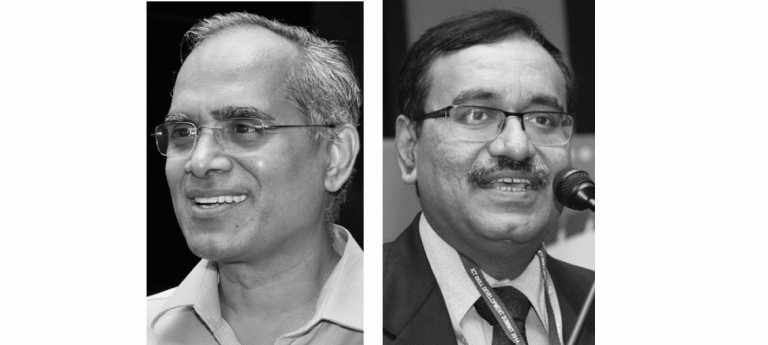


 Population: 900,000
Population: 900,000 Population: 65,045
Population: 65,045 Population: 705,478
Population: 705,478 Population: 297,268
Population: 297,268